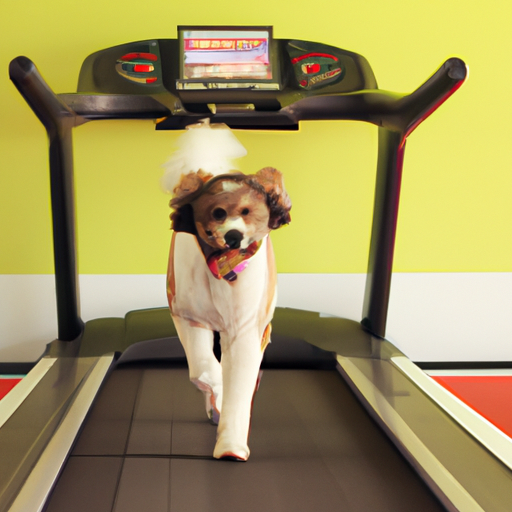As a caregiver, your role is not only to shower your furry friends with love and affection but also to provide them with a balanced diet and adequate exercise.
Why Exercise is Crucial for Dogs
Exercise plays an integral role in your dog’s overall health and wellbeing. Active dogs tend to have healthier hearts, stronger muscles, and better bone density. Regular exercise can also help combat obesity, improve digestion, and reduce destructive behaviors. It’s not just about physical health, but mental stimulation too. Dogs that are exercised properly tend to be happier and more content.
Understanding Your Dog’s Exercise Needs
Before you start any exercise routine, it’s essential to understand your dog’s individual needs.
- Age: Puppies have a lot of energy and may require several short exercise periods each day, while older dogs might not be as energetic.
- Breed: Some breeds are naturally more active than others. For instance, working breeds such as Border Collies or Siberian Huskies usually require more exercise than smaller breeds like Chihuahuas.
- Health: If your dog has any health issues, like arthritis or heart disease, it’s crucial to consult with your vet before starting an exercise regime.
Types of Exercises for Dogs
There are many types of exercises that are beneficial for dogs. Here are a few that you might want to consider:
- Walking: Walking is a basic exercise that suits most dogs. It also gives them the chance to explore and socialize.
- Running: For more active breeds, running can be a great way to burn off energy. However, ensure your dog is fit enough and familiarize them gradually.
- Fetch: Playing fetch is a fun activity that gets your dog moving. Plus, it can be played in your backyard or a local park.
- Swimming: For dogs that love water, swimming is an excellent low-impact exercise.
Creating an Exercise Routine
Creating a routine can make exercise more enjoyable and manageable for both you and your dog. Here’s a simple table to help you plan:
| Time | Exercise Activity |
|---|---|
| Morning | Walk/Run |
| Afternoon | Fetch/Swim |
| Evening | Short Walk/Play |
Remember, the routine should be flexible. Adjust it according to your dog’s behavior and health condition.
Tips to Make Exercise Fun
Exercise should be a fun time for your dog. Here are some tips to ensure your dog enjoys their exercise routine:
- Mix up the activities to prevent boredom.
- Include playtime as part of the exercise.
- Reward your dog with treats or praise after exercise.
Warning Signs During Exercise
While exercise is beneficial for dogs, overdoing it can lead to problems. Watch out for signs of exhaustion such as excessive panting, drooling, confusion, or weakness. If your dog exhibits any of these signs, stop the exercise immediately and consult your vet.
How to Exercise Your Dog Indoors
Sometimes, outdoor exercise is impossible due to bad weather or other circumstances. Here’s how you can keep your dog active indoors:
- Use the stairs for a mini workout.
- Play tug-of-war using a toy.
- Create an indoor obstacle course.
FAQs
Q: How much exercise does my dog need?
Each dog is unique. While some breeds require over an hour of exercise each day, others may need less. It’s best to consult with your vet to determine your dog’s specific needs.
Q: Can I exercise my dog if it’s hot outside?
You should avoid exercising your dog in extreme heat as dogs can get heatstroke. Try to exercise during the early morning or late evening when it’s cooler.
Q: What if my dog doesn’t like to exercise?
Try different activities to find what your dog enjoys. If your dog still refuses to exercise, it might be a sign of an underlying health issue, and you should consult your vet.
Remember, as a caregiver, your goal is to ensure your dog is happy and healthy. Regular exercise, along with a balanced diet and plenty of love, will help you achieve this.



